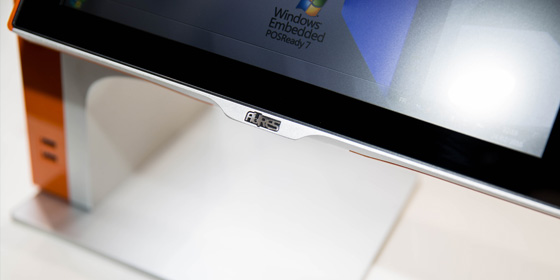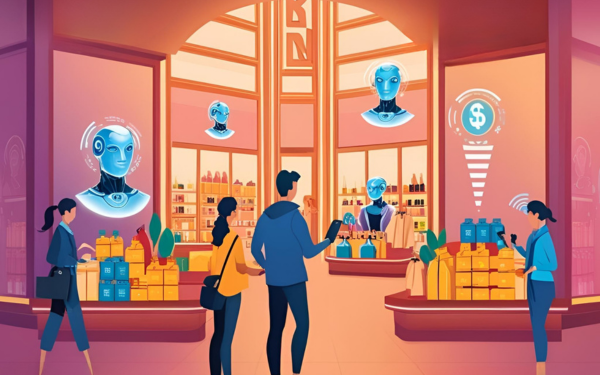Inventory loss has ballooned into one of the biggest challenges UK retailers face. According to Deloitte, total shrinkage has soared by 33% in the years since the COVID-19 pandemic, driven largely by a spike in shoplifting and associated retail crime.
The British Retail Consortium’s (BRC) last Annual Crime Survey revealed that losses from customer theft reached a record £2.2bn in 2023/24. Other figures suggest that the total value of losses from all theft, including by staff and criminals targeting the supply chain, is around £7.9bn.
These are losses the industry can ill afford at a time when costs have gone up across the board and margins have been squeezed. It has put the spotlight back on retail security, with the BRC suggesting retailers are now spending £1.8bn a year on crime prevention. A lot of attention has focused on self-checkout lanes in supermarkets, which critics argue create easy opportunities for theft. Measures used to improve security at self-checkout have so far proven to be largely ineffective, not to mention expensive.
But all of that could be about to change. The latest POS security solutions emerging on the market do not rely on pricey hardware installations. They make use of the tools checkout systems already have in place – scanners, weighing scales, cameras – and apply a magic ingredient that supercharges theft detection. Artificial intelligence.
Identifying suspicious behaviour
The trouble with the security protocols currently used in retail is that there is a big gap between what the technology is capable of and human observation, a gap that criminals very capable of exploiting. This is especially obvious at self-checkout.
You might have scales in the baggage area to verify that every item placed in a bag has been scanned. But that doesn’t prevent someone dropping items into a bag on the floor if they are not being observed. You might have cameras on the unit pointing at the customer to discourage such behaviour. But you need someone watching the video feed to actually detect theft. With a battery of cameras capturing images from multiple checkouts at once, it’s easy to miss something suspicious.
This is the great promise of AI-powered retail security. By applying computer vision AI to camera feeds, you can close the observation gap. AI models are being trained on hours and hours of real camera footage captured at POS to spot signs of suspicious behaviour – people placing items in bags other than the one on the baggage area scales, skipping scans, or hiding products on their person. Once the AI knows what these behaviours look like, they can issue alerts in real time once an anomaly is spotted.
Customer-facing cameras can be paired with cameras trained on the basket/trolley of goods the customer brings to checkout. As computer vision AI develops, it’s expected that one day it will be able to replace barcode scanners by identifying all items immediately. But for now, AI is good enough to capture products as they are picked up out of a basket, and then cross-reference with whether they are scanned or not.
Looking further ahead, the kind of on-shelf scanning technology pioneered in Amazon’s just-walk-out Go concept stores may end up finding more widespread adoption as a security solution rather than spelling the end of cashiers. Paired with AI, shelf scanning can again cross-reference items that are picked up with what eventually gets scanned and paid for, helping to combat thieves hiding goods on their person.
AI is bound to be a hot topic of conversation at this year’s upcoming Retail Technology Show taking place on 2-3 April at Excel London. ADVANTECH-AURES UK is looking forward to attending and rubbing shoulders with other leading innovators in the field of retail tech, not to mention the chance to meet and discuss tech priorities with more than 15,000 retail representatives.




